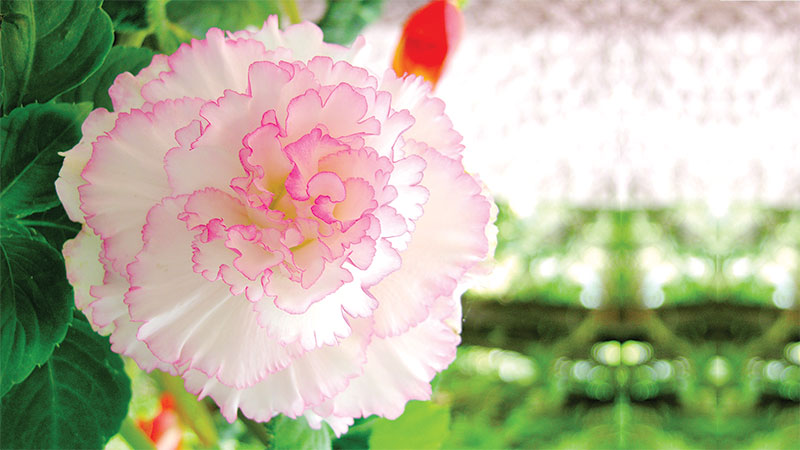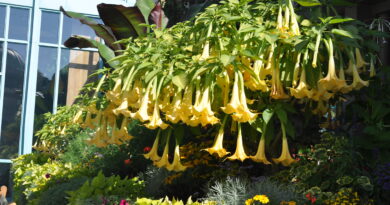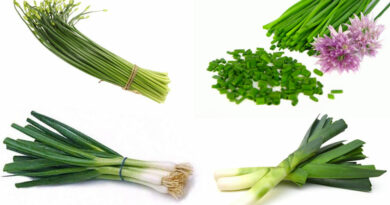Beguiling Begonias and its Other Species
We have been growing begonias in our homes and garden for about three centuries. There are many, many hybrids in addition to the 1,400 different plant species of begonias.
Begonias are listed as Rex, tuberous, fibrous or wax, or Hiemalis begonias in local garden centres and likewise marketed under the trade name Solenia.
Most prefer a slightly shady location, although the solenias don’t mind a lot of sunshine. Keep them lightly moist and lightly fertilized in a soil with a richly organic soil.
Fibrous-rooted begonias.
These plants are in the wax begonia, Dragon Wing and cane-like begonia category. They have roots as opposed to tubers and will keep right on growing and blooming if you bring them indoors. Just put them in a bright window. The Dragon Wing begonias are very prolific and easy to grow in containers.
Tuberous begonias.
These plants have a fleshy root that looks like a flattened ball and can be stored for the winter. They will stop blooming at the end of their season but can be dug up (or left in the pot in a cool dry place) and started again next spring. They produce big beautiful blooms.
Rex begonias.
Rex stands for king and most would agree that Rex begonias deserve the name. Grown mainly for their showy leaves they produce small flowers, but the leaves are spectacular. Rex begonias will grow quite happily indoors all winter.
Hiemalis (Solenia) begonias.
Hiemalis begonias are a cross between a tuberous and a wax begonia. These begonias are covered in smaller, one-inch blossoms and can to tolerate sun and . They grow 12 to 18 inches tall and 10 to 12 inches wide. Glossy, dark green leaves. Don’t over-water.




